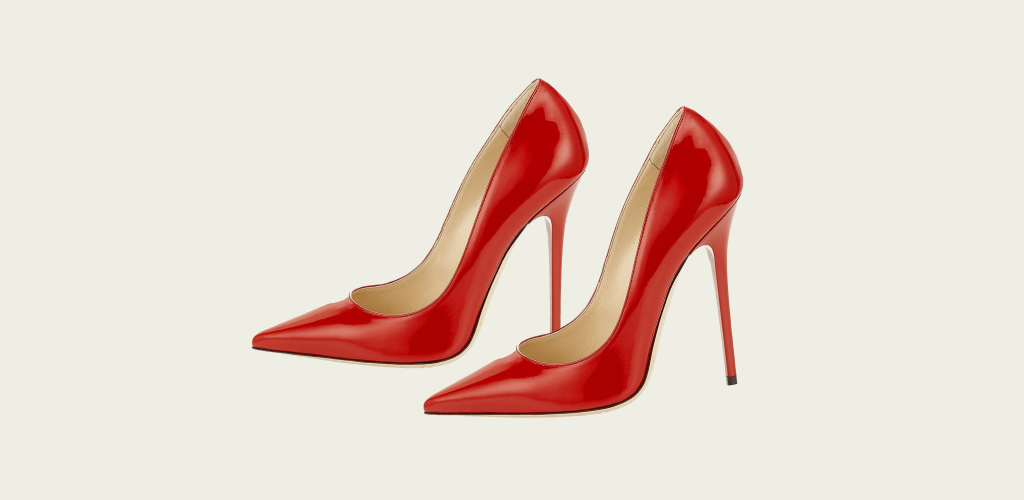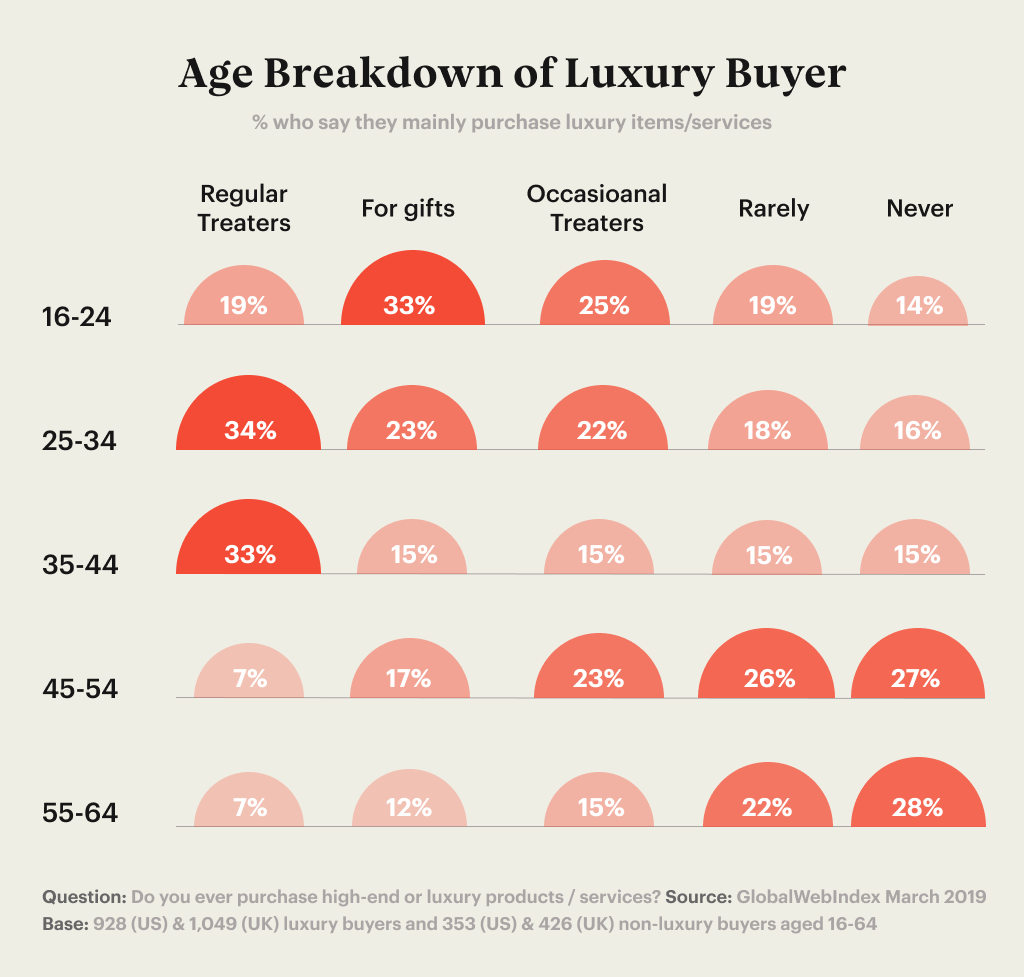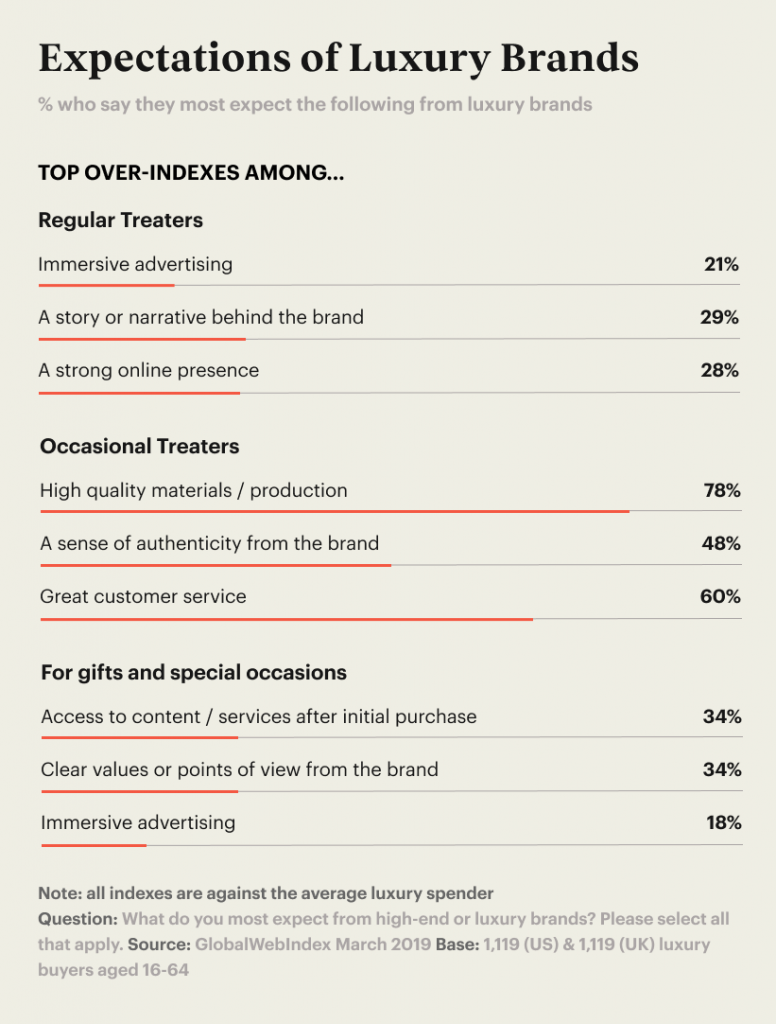Qvalon Blog article content
It is intriguing how luxury brands continue to do well, irrespective of the economy’s overall health. Pandemic or not, their presence continues to remain prevalent.
Building such a brand isn’t limited to large business houses. Smaller companies, including startups, have often succeeded in establishing luxury brands, as proven by Moleskins, Malone, and Tito’s Vodka, in different categories.
We can always take lessons and inspiration from luxury brands. Their high-profit margin allows them to make above-average investments in personalized marketing, customer experience, and product quality. Conclusions are drawn from such investments usually serve as benchmarks for the rest of the businesses.

CONSUMER
Who are they?
In the last two years, of the total luxury brand consumers, half were under 35 years of age. Among those, 65% had an annual income of less than one hundred thousand dollars.
Thanks to the Internet, in current times, a luxury consumer is a connoisseur in brands and fashion. They are becoming more sophisticated and well-informed. Luxury brands’ insistence to walk the extra mile in providing a quality online experience, helps them make smarter purchase decisions.

What they value?
Since half of the luxury brand consumers are young and in most cases, first-time buyers, over 30% of such consumers purchase luxury products to reward themselves.
Awareness regarding health (mental and physical), time (saved and better utilized), and customization (personalization as per individual’s choice) have positively impacted the buyer’s persona. Wellness, time, and services are now considered luxury too. Luxury brands that have instilled these values across their hierarchy are succeeding.
Out of all luxury consumers, 58% will pay more for goods that are better for health and 40% will pay more to save time.
In addition to information about the brand value, the luxury audience wants to know the history of its products: what they were made of, where and how (without the involvement of child labor, etc.).
“Eco-friendly”, “sustainable” claims are checked by 69% of millennial luxury consumers and 26% of them will pay more for such products.

STAFF
Highly trained staff is the most important factor when making a luxury purchase for 33% of consumers.
The level of consumers’ awareness regarding luxury products has dramatically increased. Consultants need to understand the product and keep up with the times. Lately, most luxury consumers are first-time buyers, hence chances of coming across new questions, concerns, and scenarios are also high. In order to provide the best service to such customers, the staff must be constantly trained.
To stay ahead of the curve, it is needed to monitor buying trends and purchase habits specific to other sectors too. Frequent interactions with your staff will help you confirm if these trends are also reflecting on your consumers. This will help prepare your brand better for future consumer conversations.
MARKETING STRATEGY
Each luxury brand is a separate story. There are no universal secrets of success. Non-standard steps relevant to the target audience are effective. Accordingly, any repetition, even if highly veiled, will be noticed immediately and perceived negatively by potential consumers.
-
Provide uniqueness by building a customized offer.
Luxury was once hand-made by craftsmen to the customer’s specifications and was so expensive it was for the super-wealthy only. Today, few people have one-off products made, but many luxury brand marketing strategies include building elements of customization into their offer.
Louis Vuitton can involve you in the design process of shoes, bags, and trunks.
-
Create an emotional connection by heightening the senses.
Sensory branding has become a huge business, especially in the luxury retail and hospitality industries. Brands are clamoring to differentiate themselves and build connections with customers on different levels.
Westin hotel chain creates a carefully customized soundtrack to establish a relaxed mood in the hotels’ public spaces.
-
Relook Rethink Reinvent.
You assess your product or service, how it is assembled or supplied and how people access it – perhaps even take inspiration from a different category to breathe new life into it.
Apple took a tech product that you needed an IT degree to use and made it fit the customer – and a lifestyle statement.
-
Convey brand ethos via an immersive experience.
Invest in environments to allow customers to feel the brand’s cachet – and build a strong emotional connection. Putting your luxury brand into a carefully considered physical space and inviting customers into it is a powerful way of communicating your message.
Jimmy Choo created a high tea at Hong Kong’s Landmark Oriental Hotel, featuring sandwiches, scones, and macaroons handcrafted in exquisite shoe and handbag shapes.
-
Make your brand exclusive.
Limiting supply makes a product, service, or experience seem more valuable. Labels were once sewn discreetly into products as a maker’s mark of quality; as luxury has become democratized, logos have become ubiquitous, attention-grabbing ways of announcing ownership of an expensive item.
Part of the appeal of the Hermès Birkin bag is its waiting list of six years.
-
Do regular things differently.
Luxury brands can communicate their exclusivity in many different creative ways, driving not only purchases but a deep emotional connection that can last a lifetime. Perhaps you could have your business cards impregnated with scent or made from an unusual material.
True luxury needs to stand out by ensuring that quality is always high.
ONLINE SALES
Online sales for luxury brands are growing three times faster than their retail counterpart, up 127% in dollar sales. Also, almost 80% of purchases made in-store are influenced by digital media.
Due to the pandemic, the changes in purchase behaviors, which were to happen in five years, are now expected by as early as the year 2022. Quality websites, engaging social media content, and highly personalized ads are the obvious aspects now. Luxury brands are exploring the use of augmented and virtual reality to provide in-store experiences through online mediums to customers.
LESSONS AND CONCLUSIONS
-
If you are expecting a consumer to pay you more, then they are expecting you to serve them better. After all, it is a consumer’s market.
Work according to the customer mentality. Gender, age, and ambitions of the target audience are no longer the only facets in this portrait.
-
You feel nice when your name is remembered and is used to address you. It is personalization. It distinguishes you from the rest of the crowd. Provide your customers this experience.
Develop individual conversations via highly personalized marketing. Open and maintain new channels of communication with the audience.
-
Too much information is out there and too little time to absorb it. The moment a customer reaches out to your brand, it should be available instantly.
Implement technologies that provide customers with maximum comfort at every stage of interaction with the brand.
-
Provide perfect service to create a lasting impression. In the long run, the benefits of investments made in providing a seamless experience will always outweigh those from an expense made elsewhere.
At QVALON, we understand that as a member of your brand’s management team, you are probably aware of the information shared above. A clear strategy to implement policies and measures based upon that information is also in place. But there is a deficient methodology in place that constraints your ability to check its effectiveness and efficiency. Or there is no methodology at all.
QVALON enables you to streamline your brand’s ethos, principles, and expectations across all hierarchies of its human resource. It reflects performances and corrective measures at every human resource level. Its consistent implementation ensures that your brand’s vision is reflected in its everyday work.


